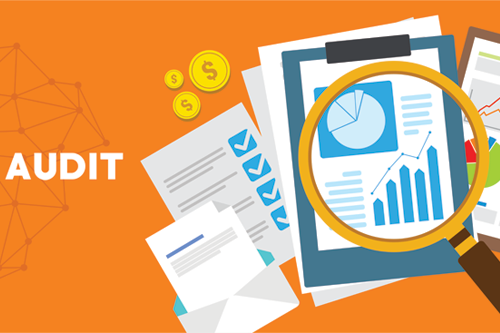
By: Craig Spooner
We’ve talked a lot about creating the right content for educators and the importance of designing content that address various stages of the buyer’s journey, but when you’re developing a full campaign strategy, how do you decide where to begin? Which content offers do you start with? What should your secondary offer be? Can you tie in both PR and marketing? How long should the campaign last? How should the campaign end? My head is spinning already.

Lucky for you, this isn’t our first dance with dizzy. After the countless hours spent brainstorming the thousands of ways to design the most effective campaigns for our clients, we decided it was time to share the way we ease the process of developing thoughtful campaign strategies and make identifying the right campaign content much easier. I give you…the content audit.

Some of you may be thinking, “Oh great, another spreadsheet…DELETE.” But I promise you, there is value to be gained within the lines of this beauty. Here’s a little background for those of you who are unfamiliar with the inner workings of a content audit. Content audits allow you to view the scope of all of your content offers in one easy-to-segment format, allowing you to identify:
Pro-Tip: Creating awesome new content can be expensive and time consuming. Audits can help identify where resources can be repurposed and used again to get more value out of the money you’ve already spent!
Think of the content audit as a road map for your campaign journey. It tells which buyer personas each piece of content is directed towards, how “sales-y” or product-oriented that content offer is, its recent performance, and its status as a free or gated resource. Understanding these individual elements as they relate to all of your content gives you the power to easily create smarter approaches to your campaign delivery.
So, how does this play out when you’re developing a campaign strategy? It’s pretty simple, actually! Let’s use an email campaign as an example. Every campaign discussion should start with determining your target audience and the end goal.
Once your content audit is populated with all of your resources, use the filtering tool to identify campaign content that reinforces the reason someone would want to take action. Then, filter by top-, middle- and bottom-of-the-funnel content offers and decide which offers would work best in a three- to four-step email cadence. This last step is critical, we as marketers need to put ourselves in the shoes of our prospects- what do they need to move to the next step is a much better question to ask than what can I send them to make them do what I want!
You should now have a list of ideal resources to leverage throughout your campaign, sorted by their status as gated or free assets. What’s more, this method also gives you insight into potential content gaps you may have for particular personas, making the identification of your next creation that much easier.
A few pro tips to consider before you leave: When nearing the end of your campaign content identification process, make sure to walk yourself through your campaign. Does the delivery of your assets make sense? Would prospects find value in the second asset after reading the first? Are you providing relevant next steps that would get prospects closer to contacting your company? A campaign is only as good as the content that supports it, so make sure you’re delivering everything in a way that makes sense to the recipient!
Thanks for sharing!
PRP Group, a Hawke Media Company, is an award-winning full-service education PR and marketing firm serving the pre-K–12 and higher-ed community.